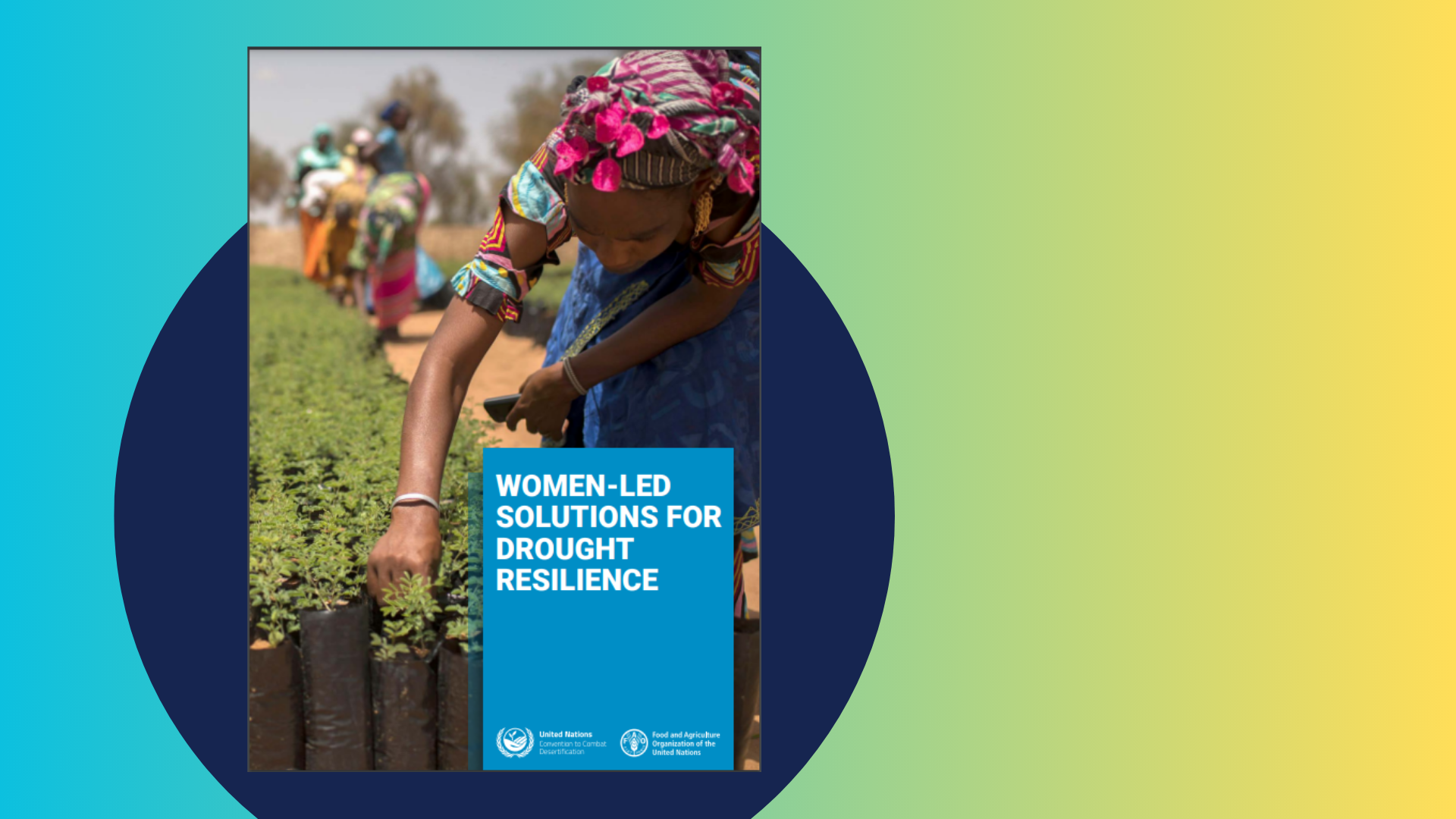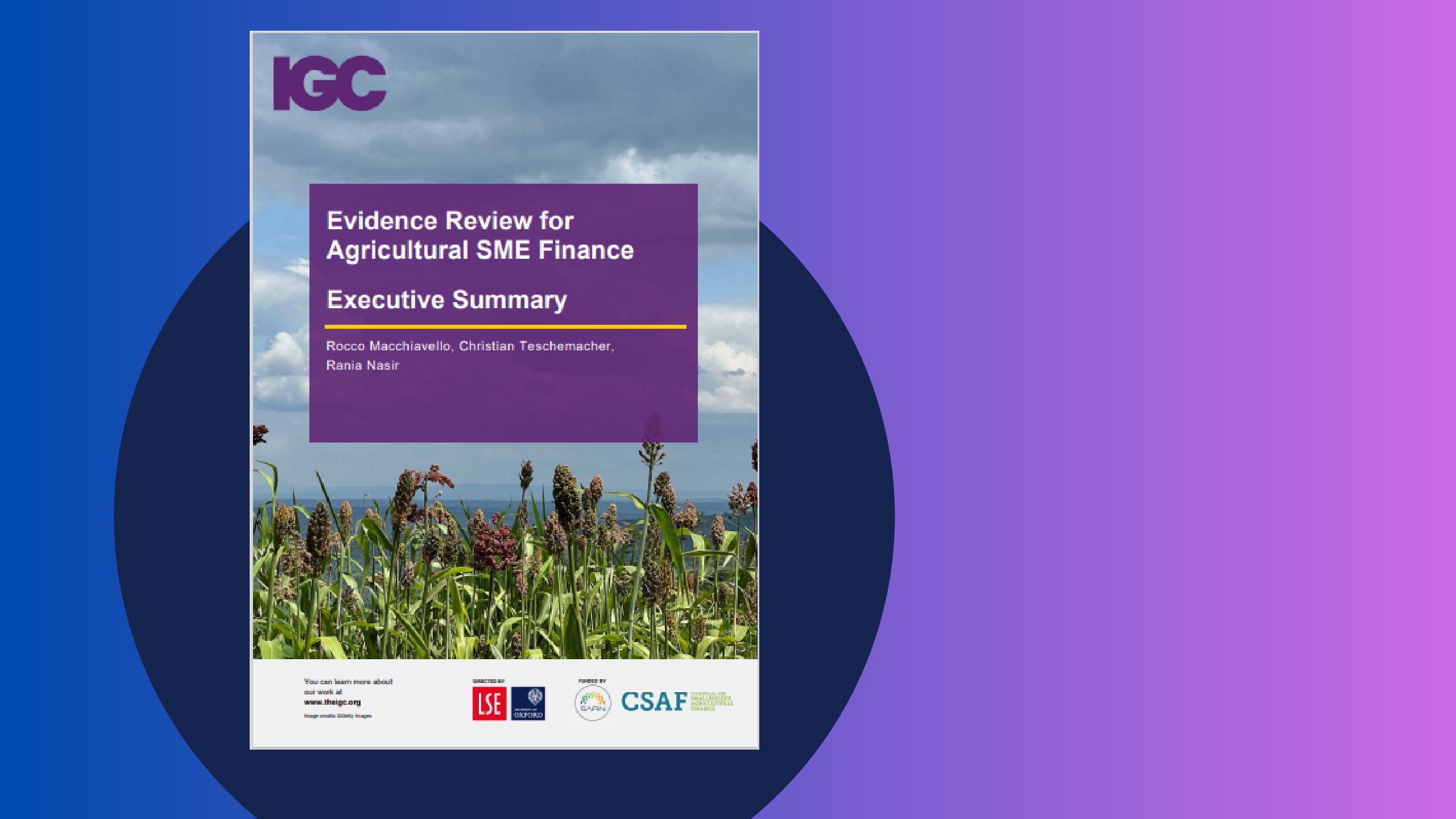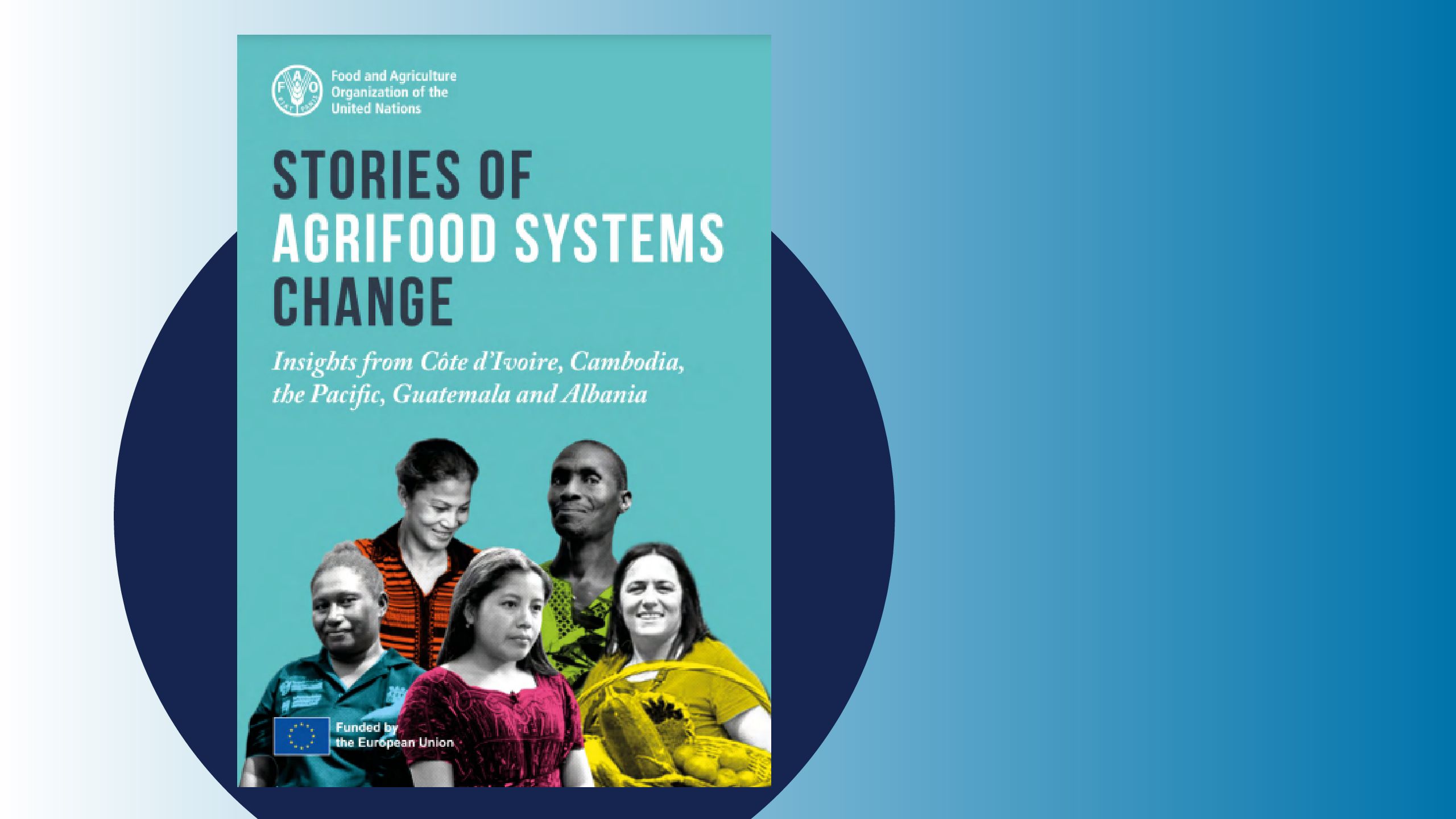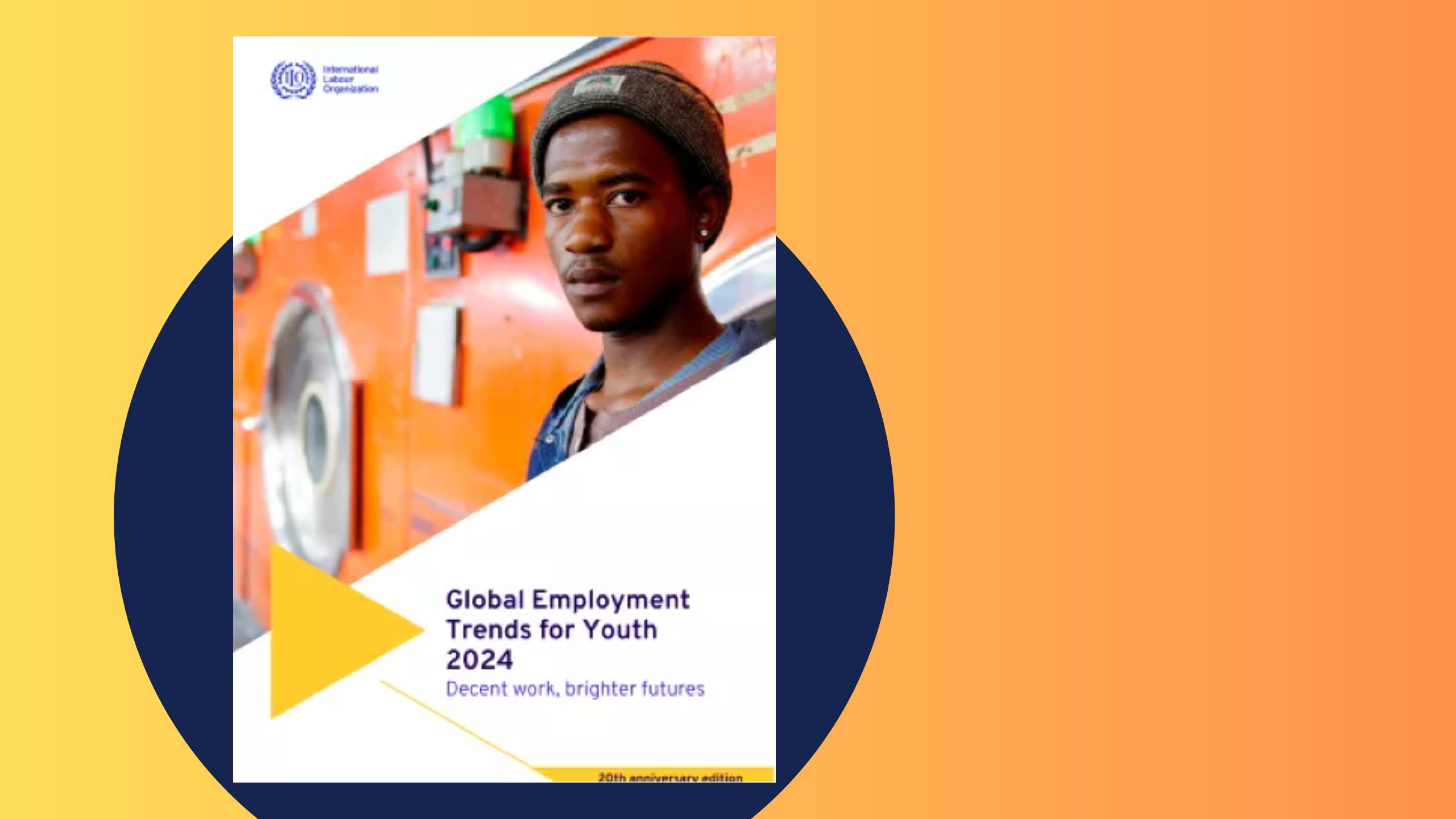The UNCCD report ‘Women-Led Solutions for Drought Resilience’ showcases women-led solutions for building drought resilience, and was launched on the International Day of Rural Women by UNCCD and FAO.

A new report from the UNCCD, supported by the FAO, showcases women-led solutions for building drought resilience. Launched on the International Day of Rural Women, the report – titled ‘Women-Led Solutions for Drought Resilience’ – calls for better recognizing and supporting women-led efforts to protect vulnerable communities from the devastating effects of drought. It also underscores that women’s land rights are crucial for achieving food security.
The report recognises that women and girls experience greater hardships, but also demonstrate leadership in drought resilience worldwide. The key findings are:
- Women’s role in food production: Women produce up to 80 per cent of the food in developing countries but own less than 20 per cent of the land globally. This disparity limits their access to resources such as credit and training and their ability to prepare for and recover from droughts exacerbating their vulnerability to climate change.
- Drought’s global impact: Droughts contribute to 15 per cent of disaster-related economic losses globally and are responsible for 85.8 per cent of livestock deaths. In rain-fed agricultural regions, drought threatens the livelihoods of women, who make up a significant portion of the agricultural labour force.
- Land degradation and poverty: Up to 40 per cent of the world’s land is degraded, affecting over 3.2 billion people. As a result of land degradation and drought many women, are forced to walk longer distances to access clean water and gather fuel wood for their families.
- Economic benefits of women’s land rights: Research shows that securing land rights for women improves household nutrition, increases spending on children’s education, and enhances overall economic conditions.
The report highlights 35 case studies of women’s leadership in drought resilience, including traditional knowledge for water resource management in Peru, rainwater collection in India, and land restoration in Kyrgyzstan.












































































































































































































